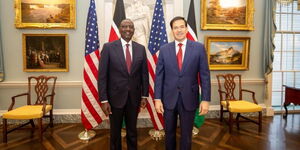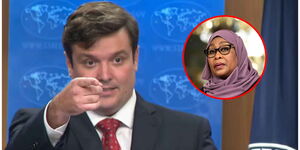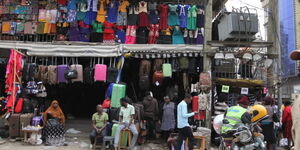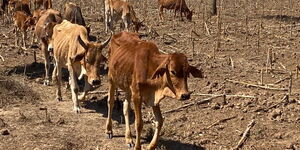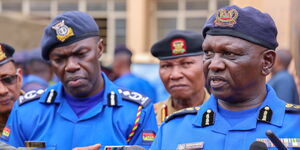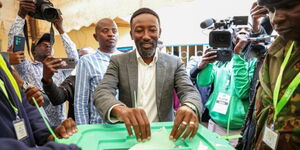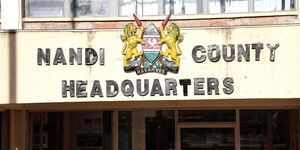The U.S. has placed Kenya in the list of those countries whose governments do not fully meet the minimum standards for the elimination of trafficking, but are making significant efforts to bring themselves into compliance.
The ranking by the U.S. Department of State placed Kenya in Tier 2 in the latest 2025 U.S. Trafficking in Persons (TIP) Report, a ranking that points to both progress and persistent gaps in the country’s fight against human trafficking.
According to the report, Tier 2 countries are those whose governments do not fully meet the minimum standards for the elimination of trafficking but are making significant efforts to bring themselves into compliance.
The report praised Kenya for strengthening investigations and prosecutions of trafficking cases over the past year, particularly in matters involving forced labour and child exploitation.
However, despite the efforts, the report noted that convictions in the cases around the menace remained limited compared to the scale of trafficking in the country, raising questions about the effectiveness of the judiciary in solving the cases.
The report also faulted the government over the distribution of victim protection centres, noting that they remained largely underfunded and concentrated in major towns. This, it said, has left many victims in rural and urban centres to be marginalised and with little support.
Groups Vulnerable to Trafficking
According to the report, children remain the most vulnerable group, especially those engaged in domestic servitude (househelps), agriculture, and informal sectors, where cases of exploitation often go unreported and unpunished.
''Forms of slavery or slavery-like practices – including the sale of children, forced or compulsory child labour, and debt bondage and serfdom of children – continue to exist, despite legal prohibitions and widespread condemnation,'' the report read in part.
''Some indicators of forced labour of a child include situations in which the child appears to be in the custody of a non-family member and the child’s work financially benefits someone outside the child’s family, or the denial of food, rest, or schooling to a child who is working.''
Meanwhile, Kenya’s geographic position continues to expose it to cross-border trafficking, with victims moved to and from neighbouring countries for forced labour and sexual exploitation.
Migrants and refugees, where Kenya has been among the host nations with the highest number in the region, also face heightened risks of trafficking. However, the government is yet to fully develop robust screening measures to identify and protect them effectively.
What Aides Trafficking
Corruption and involvement of government officials were reported to be undermining anti-trafficking efforts, with the report noting that accountability measures remain weak.
On prevention, the U.S noted that the government has rolled out awareness campaigns; however, these efforts have had limited impact compared to the scale of vulnerabilities across the country.


